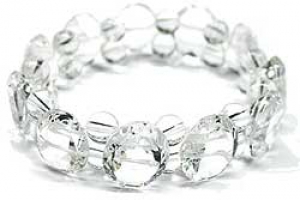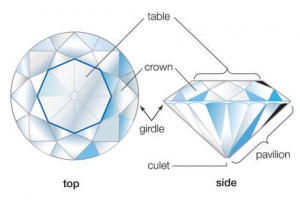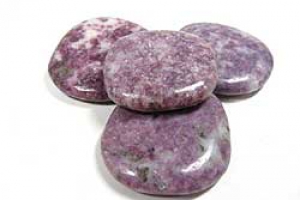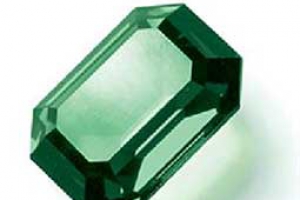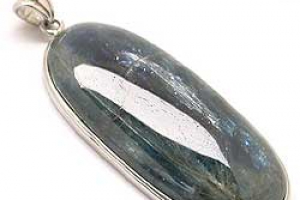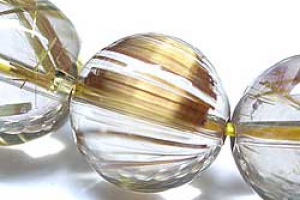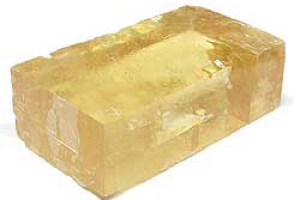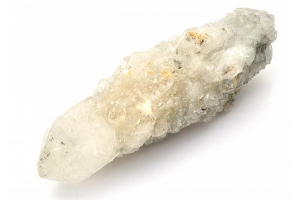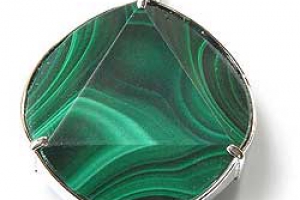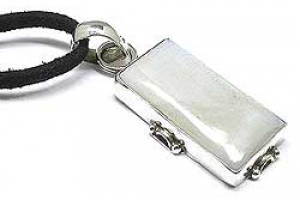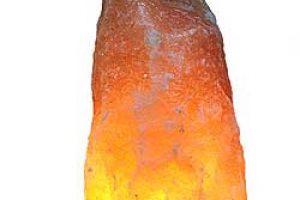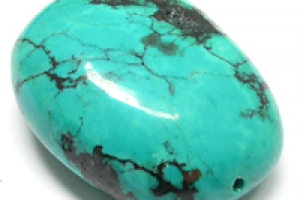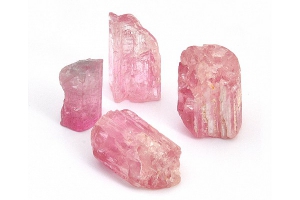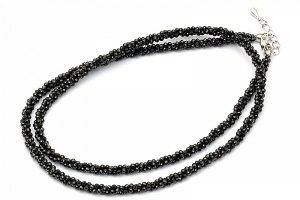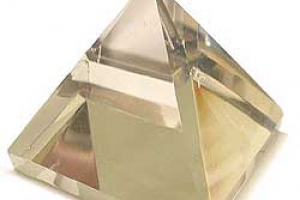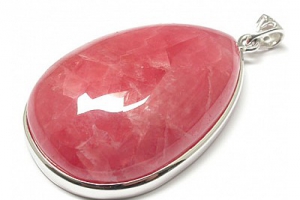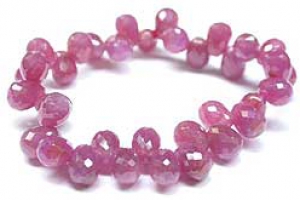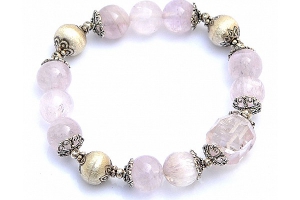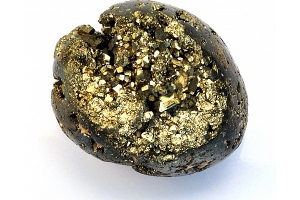Chakra
The word chakra is Sanskrit and it signifies a wheel, which is what you are immediately aware of when you first encounter them, or see them in a text someplace. The idea of the chakras is not new, and goes back to the dawn of humanity.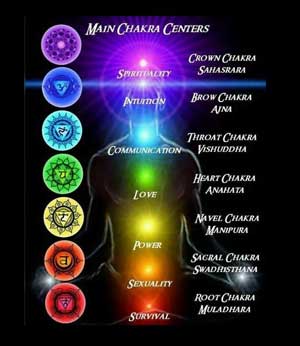
It was however kept secret and only revealed to those few that were ready to learn of the mysteries of life and of the self. Today in the age of information the word chakra is almost common place, but how many of us really understand what they are or mean? A chakra is an energy point in the human body/energy system through which power and life-force flow. There are literally thousands of these points throughout the body, but seven or eight of these have been the main focus of the student of the occult. You will note that each chakra has a front and a back except the crown chakra, which only has one opening. The main energy conduit that connects all the chakras together is called the Hara line. It is an energy stream that nearly runs along with the physical spine. In an undeveloped state they are very small only about two inches (5 centimeters) in diameter and show as pale gray or even depressions in the aura. In a fully developed state they are vibrant and rotating quickly and are like small suns reaching perhaps 6 inches (15 centimeters) across. The crown chakra on a fully realized person can be as large as the entire head and even bigger on a Master. The state of the physical body is in many times a reflection of the condition of a particular chakra. For example if a person has a heart condition many times a damaged heart chakra is the cause. Not that a real physical condition does not exist, for it most certainly may; however keep in mind that the state of your chakra will be reflected in the body. In theory, if you repair the damaged heart chakra, in time the physical condition would clear as well... or, in the least, after medical treatment, a repaired heart chakra will guarantee that the physical problem does not recur.

Chakra One: Earth, Physical identity, oriented to self-preservation. Located at the base of the spine, this chakra forms our foundation. It represents the element earth, and is therefore related to our survival instincts, and to our sense of grounding and connection to our bodies and the physical plane. Ideally this chakra brings us health, prosperity, security, and dynamic presence.
- Meaning: Foundation.
- Location: Base of Spine.
- Earth Element: Bones, Flesh, Skin, Nadis and Hairs of the Body.
- Attributes: Patience and Greed.
- Desire: Survival.
- Activity: Collecting and Saving.
- Symbol: Yellow Yantra Square, surrounded by Four Red Petals represents the Four Directions of Earth.
- Mantra: Repetition of Bijan Mantra-Vam, opens up blocks in the lower body. Each petal has a Sanskrit letter (Varn, Sarn, Sharn, Sxarn). Kundalini Shaktl lies coiled like a snake in a downward pointing triangle. Meditation of the 1st Chakra awakens the Kundalini and starts the upward flow.
- Deities: Each Chakra has a Manifestation of the Shiva and Shakti Deities. Baby Brahma - Ever watchful creator, brings piece of mind and calms fears. Dakini Shakti - Protectress, Creator, Preserver, Destroyer. Alravata the Elephant - Vehicle of the Bija Mantra-Lam, Searches for food and takes orders.
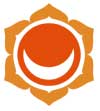
Chakra Two: Water, Emotional identity, oriented to self-gratification. The second chakra, located in the abdomen, lower back, and sexual organs, is related to the element water, and to emotions and sexuality. It connects us to others through feeling, desire, sensation, and movement. Ideally this chakra brings us fluidity and grace, depth of feeling, sexual fulfillment, and the ability to accept change.
- Meaning: Dwelling Place of the Self.
- Location: Genitals.
- Water Element: Semen, Blood, Fat, Urine and Mucus.
- Attributes: Purity and Attachments.
- Desire: Family and Friends.
- Activity: Peaceful Jobs.
- Symbol: Blue Crescent Moon, surrounded by 6 Red Petals and Water encircling the Earth.
- Mantra: Repetition of Bijan Mantra-Lam, removes insecurities associated with this Chakra. Each petal has a Sanskrit letter (Bam, Bham, Mam, Yam, Lam and Ram).
- Deities: Each Chakra has a Manifestation of the Shiva and Shakti Deities. Vishnu - The Preserver Embodiment of Right Living. Rakini Shakti - Inspiration to Worldly Art and Music. Crocodile - Vehicle of the Bija. Mantra-Vam. Sensuous and Tricky.
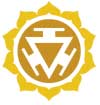
Chakra Three: Fire, Ego identity, oriented to self-definition. This chakra is known as the power chakra, located in the solar plexus. It rules our personal power, will, and autonomy, as well as our metabolism. When healthy, this chakra brings us energy, effectiveness, spontaneity, and non-dominating power.
- Meaning: City of Gems.
- Location: Solar Plexus.
- Fire Element: Hunger, Thirst, Sleep, Lethargy and Digestion.
- Attributes: Anger.
- Desire: Achievement and Supremacy.
- Activity: Hard Labor.
- Symbol: Fiery Red Triangle, surrounded by 10 Blue Petals (like the hottest part of the flame).
- Mantra: Repetition of Bijan Mantra-Ram, increases Absorption and longevity. Each petal has a Sanskrit letter (Damm, Dhamm, Namm, Tam, Tham, Dam, Dham, Nam, Pam and Pham).
- Deities: Each Chakra has a Manifestation of the Shiva and Shakti Deities. Rudra - Old Shiva, God of Destruction. Powerful Angry and Detached. Lakini Shakti - Goddess of Independence and Fire. Ram - Carrier of the Bija Mantra-Ram. Strong, Proud and Charges Head First.

Chakra Four: Air, Social identity, oriented to self-acceptance. This chakra is called the heart chakra and is the middle chakra in a system of seven. It is related to love and is the integrator of opposites in the psyche: mind and body, male and female, persona and shadow, ego and unity. A healthy fourth chakra allows us to love deeply, feel compassion, have a deep sense of peace and centerness.
- Meaning: Free from Constraint.
- Location: Heart.
- Air Element: Running, Hunting, Using Strength, Contraction and Expansion.
- Attributes: Restlessness.
- Desire: Action.
- Activity: Movement Within and Outside the Body.
- Symbol: Green-Gray Star (Smoky-Green as Smoke Pervades the Air), surrounded by 12 Red Petals.
- Mantra: Repetition of Bijan Mantra-Yam, opens the Heart and helps control Vital Energy. Each petal has a Sanskrit letter (Kam, Kham, Gam, Gham, Nnam, Cam, Cham, Jam, Jham, Nyam, Ttam, and Ttham). The Spiritual Heart resides on the right side opposite the Physical Heart. Each of the 8 Petals of this Heart, the Ananda Kanda, represents an Emotion (Dullness, Anger, Evil, Joy, Movement, Sexuality, Charity and Holiness).
- Deities: Each Chakra has a Manifestation of the Shiva and Shakti Deities. Ishana - Detached from the World. Peaceful, Beneficient and Ever-Youthful. Kakini Shakti - Goddess of Spiritual Music, Poetry and Art. Antelope - Carrier of the Bija Mantra-Yam. Innocence, Purity and Sensitivity.

Chakra Five: Sound, Creative identity, oriented to self-expression. This is the chakra located in the throat and is thus related to communication and creativity. Here we experience the world symbolically through vibration, such as the vibration of sound representing language.
- Meaning: Pure.
- Location: Throat.
- Sound Element: Also know as Akasha. Love, Enmity, Shyness, Fear and Attachment.
- Attributes: Ego.
- Desire: Solitude.
- Activity: Thoughts and Ideas.
- Symbol: White Circle (Lunar Circle - Pure Cosmic Sound) surrounded by 16 Purple-Gray Petals.
- Mantra: Repetition of Bijan Mantra-Ham. Each petal has a Sanskrit letter (Am, Amm, Lm, Llm, Um, Uum, Rm, Rrm, Lm, Llm, Em, Alm, Om, Aum, Aam, and Ahm). These Mantras go straight to the voice. The speaker's words go straight to the Heart.
- Deities: Each Chakra has a Manifestation of the Shiva and Shakti Deities. Panchavaktra - The Great Teacher, Eternal Knowledge, Balance and Non-Duality. Shakini Shakti - Bestower of Higher Knowledge and Powers. Memory, Will, Intuition and Improvisation. Gaja the Elephant - Carrier of the Bija Mantra-Ham. Confidence, Hearing and In Tune with Nature.

Chakra Six: Light, Archetypal identity, oriented to self-reflection. This chakra is known as the brow chakra or third eye center. It is related to the act of seeing, both physically and intuitively. As such it opens our psychic faculties and our understanding of archetypal levels. When healthy it allows us to see clearly, in effect, letting us "see the big picture."
- Meaning: Austerity.
- Location: Between Eyebrows.
- Beyond Element: Beyond.
- Attributes: Transcending Senses, Experiencing God-In-Self or Atman.
- Desire: Becoming Non-Acquisitive, a neutral observer.
- Activity: Mercy, Honesty and Forgiveness.
- Symbol: White Circle, 2 Luminous Petals in which all the Elements are combined.
- Mantra: Repetition of the powerful Bijan Mantra-Om. Elevates the speaker form everyday reality, through concentration, to the meditative state. Each Petal has a Sanskrit letter (Ham and Ksham).
- Deities: Each Chakra has a Manifestation of the Shiva and Shakti Deities. Ardhanarlshvara - Half-Male, Half-Female, Shiva-Shakti, No longer Separate. Hakini Shakti - Imparts Awareness of Non-Duality.

Chakra Seven: Thought, Universal identity, oriented to self-knowledge. This is the crown chakra that relates to consciousness as pure awareness. It is our connection to the greater world beyond, to a timeless, spaceless place of all-knowing. When developed, this chakra brings us knowledge, wisdom, understanding, spiritual connection, and bliss.
- Meaning: Thousand-Petalled.
- Location: Top of the Head.
- Attributes: Kundalini Shakti rises up the spinal column to unite with Shiva here. One understands Non-Duality, Lives in an Extended State of Consciousness and Attains Enlightenment.
- Symbol: One Thousand Rainbow Colored Petals.
- Mantra: Each of the 50 Sanskrit Letters Repeat on the Petals.
- Deities: The GURU Within.






